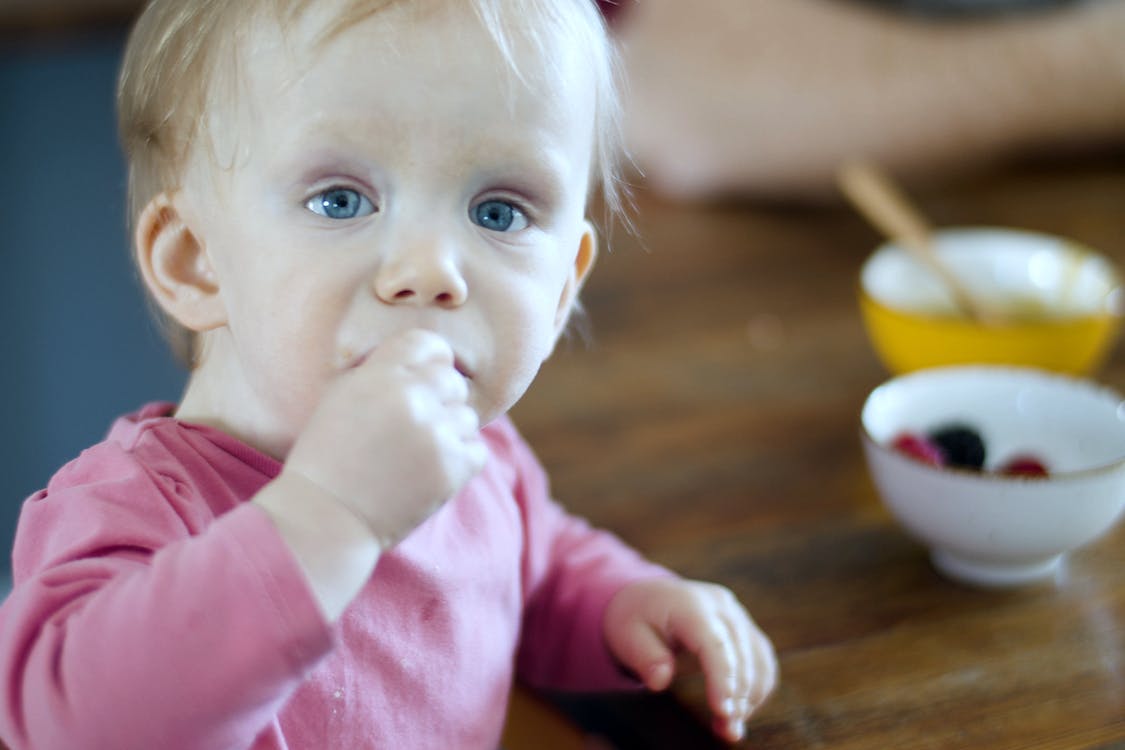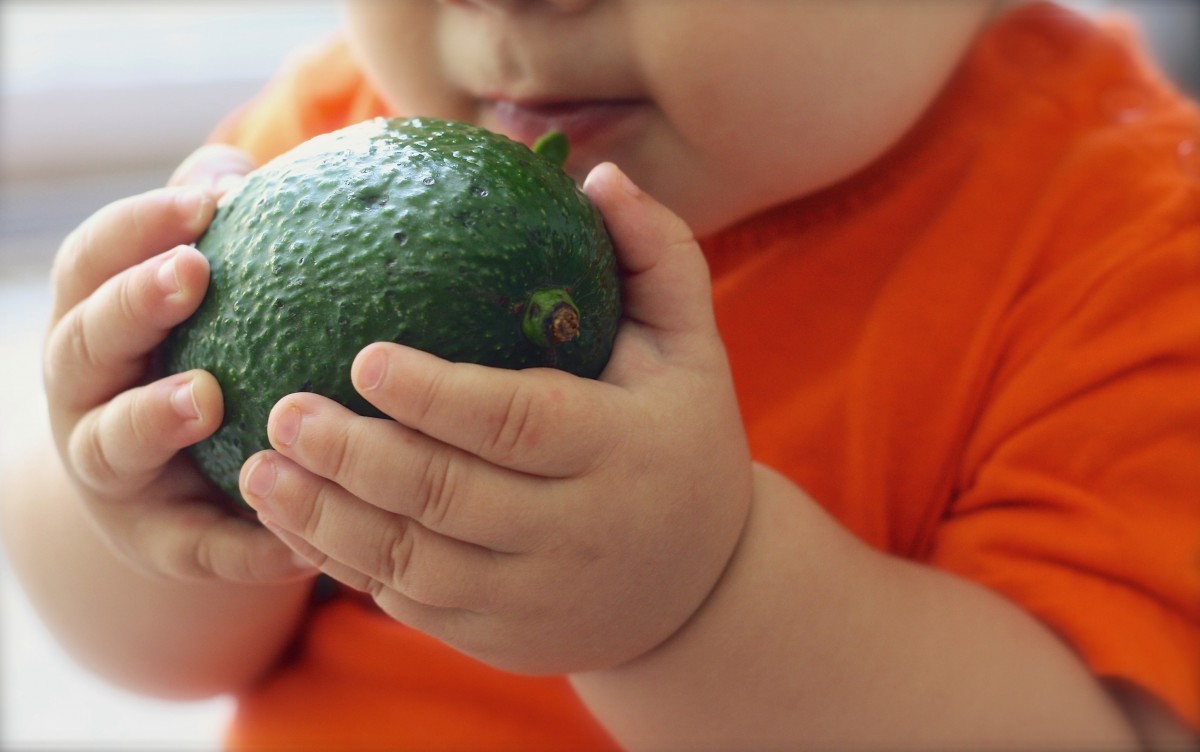
Tips for Starting Child-Led Diversification
Tips for Starting Child-Led Diversification
Summary
– Child-led diversification: at what age?
– Advantages and disadvantages of child-led diversification
– Some tips for starting child-led diversification
During the first year of life, your child discovers a rich palette of flavors, scents, and textures that will shape his future diet.
Some parents choose to do a child-led diversification: they let their baby eat by himself when introducing solid foods. Let’s see closer below.
Child-led diversification: at what age?

Around 6 months of age, when the baby starts to sit up, diversification begins, a key moment in the infant’s diet when he will gradually discover solid food. New textures can be tried from 6-8 months (about 2 months after the beginning of diversification).
His parents offer him food in pieces so he can eat them with his fingers. There, the baby gets acquainted with the food’s smell and texture, then eats, or… not!
Parents offer their children fruits and vegetables on the highchair table. They should be in season and steamed or fresh and raw but soft and tender.
Note: small pieces are cut into sticks, bigger than the baby’s hand, so he can grab them without eating everything at once.
Pros and cons of child-led diversification
Many parents enjoy:
– not having to cook puree every day;
– Seeing their child discovering new foods;
– being together at the family table at mealtime and “having a good time”;
– that their little one “manages himself”, i.e., that his parents do not feed him with a spoon: he chooses his food and the quantity he eats, he takes his meal like his siblings and his parents, and at the same time.
Child-led diversification requires some preparation and patience, as it is not possible to know the exact quantities of food taken by the baby.
The infant may have a gag reflex, which means that he or she reacts to eating foods unsuitable for him or her because of their size, texture, smell, etc. This is normal but can be disturbing and confusing. The child, the chair, the clothes, and the floor will probably have to be cleaned…
Some tips for starting a child-led diversification
The infant shares the family meal, and avoiding screens is essential. But one should not forget:
– to cook with the least amount of fat possible, then add a raw organic oil and first cold pressure of quality, at the last moment on the dishes (the poly and monounsaturated fatty acids of vegetable oils contribute to the good cerebral development of the baby);
– not to offer him fried food and ready-made meals;
– to cook without salt because the kidneys of the child are immature to be loaded with salt;
– to cook without adding spices, sugar, and honey (the introduction of sweet products should be done as late as possible and in a limited way);
– Respect the age of introduction of the different foods.
Good to know: with child-led diversification, many parents report that their meals have become healthier and richer in fresh fruits and vegetables to adapt to their child.
Hope these tips help you for starting child-led diversification. Remember to share your experience in the comments below.
Read more:
- Cool Toddler Equipment: The Learning Sink;
- How to Potty Train Kids;
- Walking Baby: Tips for a Good Walk;
- How to Potty Train Your Baby;
- Tips on Infant Feeding;
- Benefits and Techniques of Massaging Your Baby;
- What Are the Child Awakening Stages;
- How Quickly Do Babies Pick Up Languages?
- Which Floor Mat to Choose for Baby;
- 7 Steps to Help Baby Sleep Through the Night.
You May Also Like

Healthy Desserts for Toddlers: 7 Sweet Treats They’ll Love
2023-02-14
5 Top Tips for Choosing Childcare
2024-06-17

